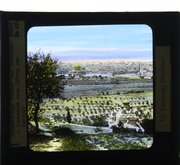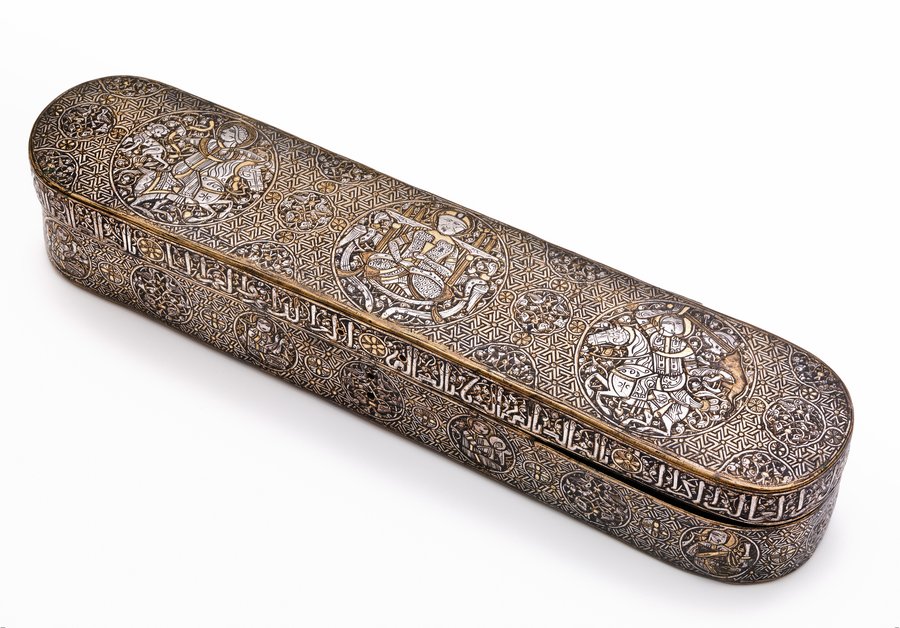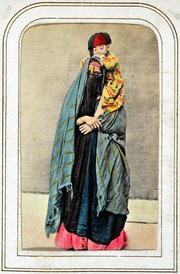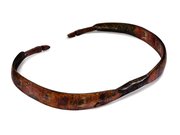
Pen Box
Museum of Islamic Art
- Title:
- Pen Box
- Production place:
- Syria
- Date:
- 1250 - 1260
- Period:
- Ayyubid
- Title:
- Pen Box
- Production place:
- Syria
- Date:
- 1250 - 1260
- Period:
- Ayyubid
- Material:
- Brass, Gold, Silver, Black compound
- Technique:
- Inlaying, Engraving, Chasing, Hammering, Riveting, Brazing
- Dimensions:
- 23 × 5 × 4.2 cm
This finely decorated brass pen box features scenes associated with what is known as the 'princely cycle', events connected with the court that include hunting, music, and maintaining rule. On the box's lid are three roundels, all intricately inlaid with gold, silver and brass, which depict a different scene of the ruler; in all he has a halo, alluding to his divine status. In the centre the ruler sits cross-legged on this throne, holding a cup whilst flanked by two peacocks – themselves symbols of royalty – while on each side another roundel illustrates the royal hunt. In one, the prince thrusts his sword into an attacking lion, and in the other, he holds a bow as a dog runs alongside. Wrapping around the edge of the lid is an Arabic inscription, while below a row of smaller circular medallions decorated en suite alternate with pairs of facing birds, all set against a dense backdrop of woven stellar patterns. This box was used as a container for pens and inks, which, given the important role writing played within Islam, would have held a symbolic role in both a courtly and administrative context. The finesse with which this box is made furthermore highlights the spectacular skill of the craftsman, as well as the importance of the ruler for whom it was made. The exceptionally high quality of the inlaid metalwork suggests that this piece was made in a royal workshop in Syria sometime in the late 7th century AH/13th century CE.



